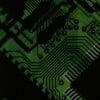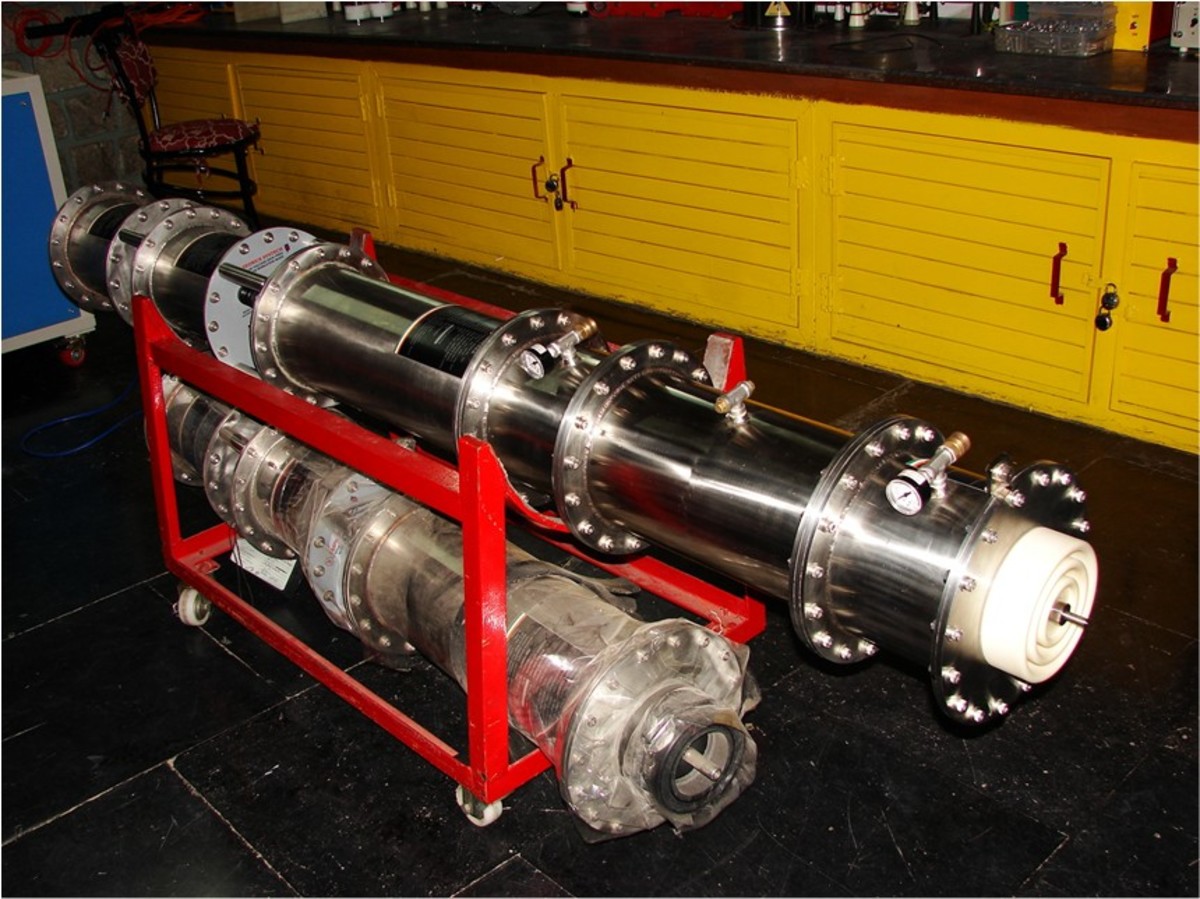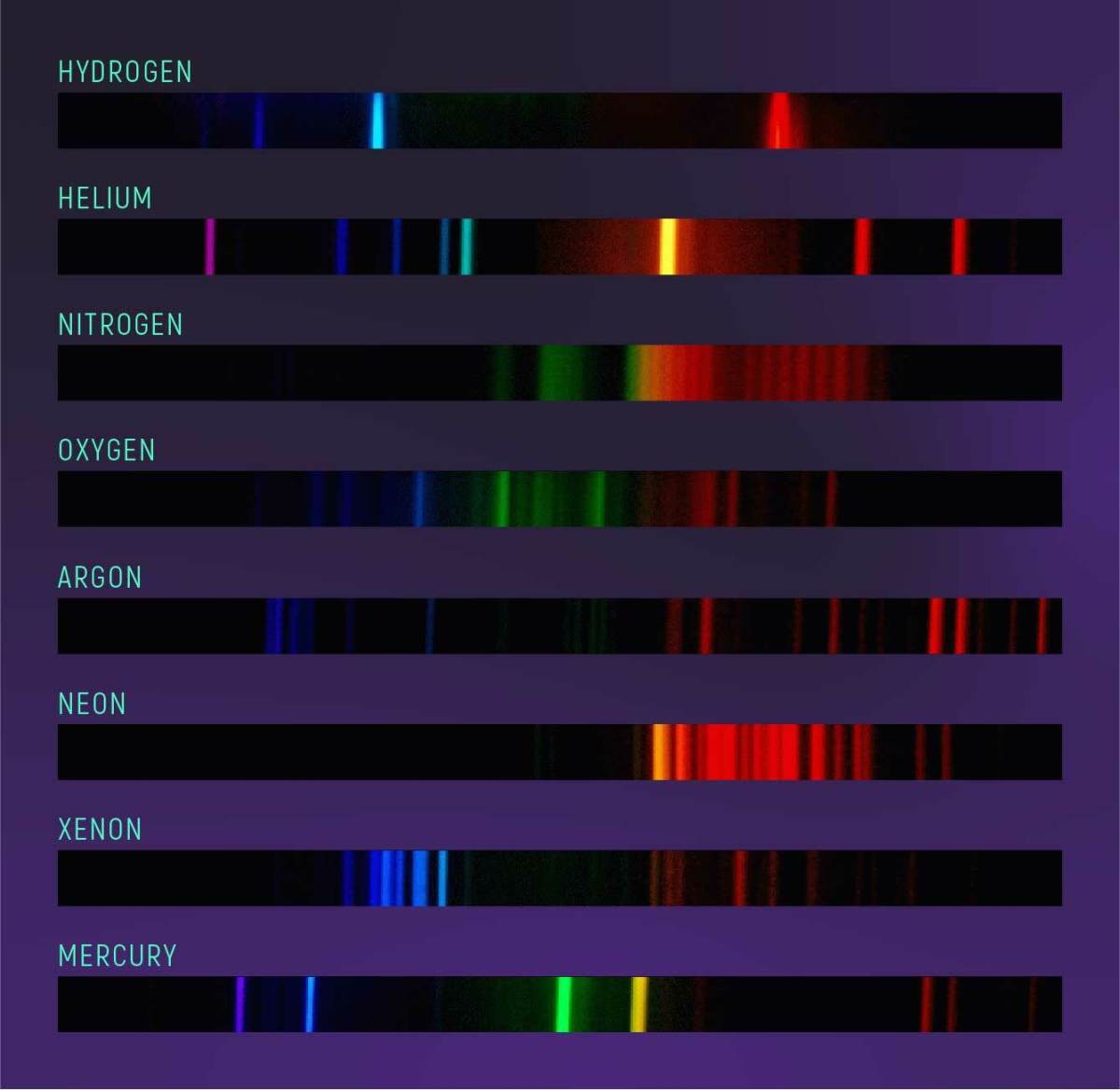What is a Transistor?
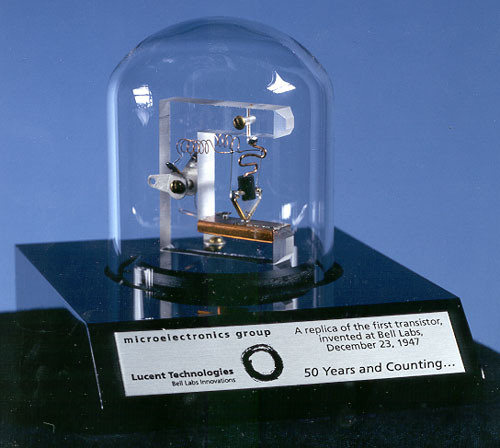
- The First Transistor: Bell Laboratories
The transistor is the device that changed our lives tremendously in XX century. The discovery of transistor led to creation of computer and other electronic devices. Do you question yourself how the transistor was created? This hub answers the questi
Basic Building Blocks of Electronics
What is a transistor? I would say that transistor is a basic building block of all electronic devices, beginning with CPUs and ending with computers. Everything in this universe have its own building blocks. Matter is made of subatomic particles. A galaxy is made of stars. The house is made of bricks and the electronic devices are made of thousands and millions of transistors.
Since the transistor was discovered, the technology began to grow exponentially. The discovery of transistor allowed computers to appear. Every single CPU, GPU or other electronic chip has huge amounts of transistors. The Moore's Law states that the number or transistors in electronic devices doubles every two years.
So, the main question is what is a transistor that we speak about so much? Why this device is so important? Personally I believe, that transistor is one of the greatest inventions ever made. Please read further, if you would like to know why.
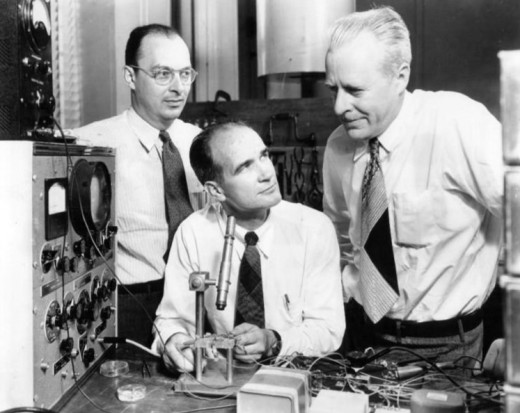
History of Transistor
What was the life before the transistor was invented? The world of electronics was large. It was a world of vacuum tubes and electromagnetic switches. These devices were used to construct digital and analog circuits. Vacuum tubes had to warm up to work correctly, they were unreliable, they consumed huge amounts of power. But they were used in various devices, because there were no alternative. TVs, radios and first generation computers used vacuum tubes.
The transistor was invented in 1947 in Bell Laboratories. Engineers of Bell Labs Bardeen and Brittain almost accidentally created amplifying circuit made off germanium. The director of Bell Labs, Shockley, was so mad, that he could not attend the moment of this discovery that he spend almost a month creating a theoretical background for bipolar junction transistor. Next year Bell Labs announced their invention and the world have changed. In 1956 the team were awarded with Nobel Prize for Physics.
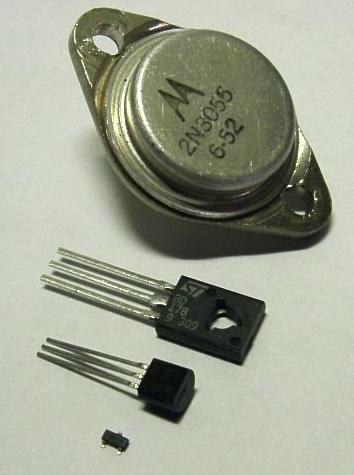
What is a Transistor?
A transistor is a semiconductor device that controls the flow of electrons. By controlling the movement of electrons, a transistor controls electricity. The flow of electrons (or holes) is known as electrical current, so a transistor controls the flow of electrical current. A transistor controls start and stop of current flow. It also controls the amount of current. It can amplify electronic signals.
A transistor is semiconductor device. The electrical conductivity of semiconductor is between conductor and insulator. The electrical resistivity of semiconductor decreases when the temperature of semiconductor increases. Conductive properties of a semiconductor can be modified by adding impurities. Semiconductors react to applied electrical field or light. Also, semiconductor devices can emit light. Light emitting diodes (LED) are a good example of such emission.
The process of adding impurities to semiconductor materials is called doping.Dopants act either as acceptors or donors. Acceptors are chemical elements from III Group, such as Boron, Gallium and Indium. Donors are chemical elements from V Group, such as Phosphorus and Arsenic. Materials that are used to build semiconductor devices are Silicon, Germanium, Gallium Arsenide and others. Depending on element used for doping the semiconductor can be N-type (negative) or P-type (positive). N-type semiconductors have excess of electrons, and P-type semiconductors have excess of holes.
When P-type and N-type semiconductors are put together, the p-n junctions appears and p-n diode is created. The diode allows electrical current to flow into one direction. If you put two p-n junctions together, you will have a transistor. Transistor can have p-n-p or n-p-n configuration. If you apply electrical current to the base (the center layer of transistor), the carriers will start moving.
- The History of the Computer Generations
Imagine, that the firs computers filled the whole room. Now we have computers such small that they can be put in our pocket. Explore the evolution of computers and find out what technological achievements allowed computers to become as powerful as we
Share your opinion!
How important was the invention of transistor?
Transitors and Revolution
It was mentioned that the main functions of a transistor are amplifying and switching. It is perfect item for creating various audio devices. In 1952 hearing aids that used transistors were released. But the real success came in 1954 when radios that used transistors appeared. It was quite a big step for manufactures.
Manufacturers have used vacuum tubes for a long time, and a transistors was a completely new device. It was quite hard to make a decision and start manufacturing devices with completely new technology. But there were some who believed that that the invention of transistor will change the world. And transistor made this happen. It became the greatest invention the humans have ever created (it is my personal opinion).
Texas Instruments was the innovator in semiconductor manufacturing field. Together with IDEA they created and released to public a transistor radio, that was so small that could be put into the pocket. Imagine the complexity of this work. All the elements of the radio were created using the new technologies. The small radio requires small speaker, capacitors and other components. They all had to be created. The mass production of transistor radio was very important at that time. Mass production allowed to prove that similar products are cost effective.
The first transistor radio proved that the transistors have a future. It was realized that transistors can replace vacuum tubes everywhere. The main target for such replacement were the computers. The Silicon transistors were created and they were perfect for computer operations. A few years later the technology of integrated circuits were created and the real semiconductor revolutions have started.

How a Transistor Works?
The physics of the working of the transistor depends on its type. There are two type of transistors: bipolar junction transistors (BJT) and field effect transistors (FET). I will try to explain the basic principle of how a transistor works without going deep into the physics and electricity.
Typical transistor has 3 pins. For BJT these pins are collector, emitter and base. For FET transistor the pins are gate, source and drain. The idea is that the resistance between two pins (collector and emitter) changes depending on the current that flows from base to emitter.Transistor can be fully closed, fully open or open up by specific amount. This depends on current going though.
The proportion of how much transistor is closed is called gain. The gain is cosidered to be an amplification effect. When transistor works in amplification mode it gets hot. So there are heat sinks used to remove the heat. Transistors working in such mode are used in various amplifiers. Transistors also are used in digital electronics. The ON and OFF states of transistors are used here. It means that transistor works in on/off switch mode.
BJT and FET Transistors Comparison
BJT stands for bipolar junction transistor. The name comes from physics. The transistor involve two types of charge carriers: electrons and holes.
FET stands for field effect transistor. It uses field effect to operate. FETs are unipolar transistors. They have only one type or charge carriers.
BJT
| FET
| |
|---|---|---|
Control
| current control
| voltage control
|
Type
| bipolar (holes and electrons)
| unipolar
|
Power consumption
| high
| low
|
Usage
| good linear amplifier
| good switch
|
Fanout
| good
| poor
|
BJT and FET comparison table
